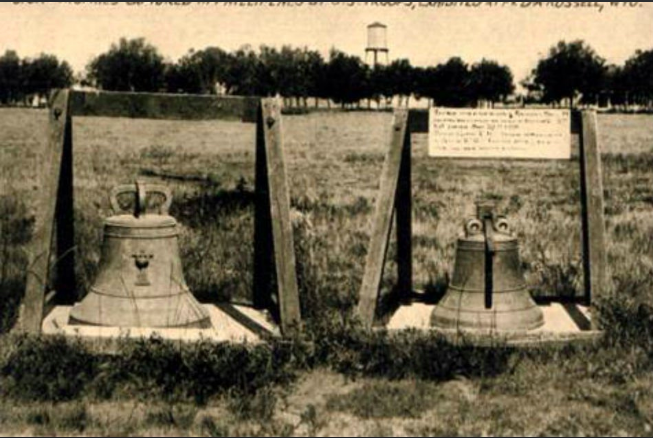Finally, after more than 100 years, the historic Balangiga bells are going to be returned to the Philippines after they were seized by American soldiers form a church in Samar.
According to Philippine Ambassador to the U.S. Jose Manuel “Babe” Romualdez, he will personally witness the formal turnover of the bells in the U.S. state of Wyoming, where two of three bells are located.
Ambassador Romualdez added that U.S. Defense Secretary James Mattis will accompany him on November 14 Wyoming time (November 15 in Manila time) for the formal turnover of the bells at Warren Air Base and both will jointly issue a statement after the formal turnover.
The Wyoming bells, along with the third bell which is now at a U.S. military museum in South Korea, will “all together be brought” to the Villamor Air Base in Pasay City in a U.S. Air Force military aircraft.
Meanwhile, U.S. Embassy Spokesperson Molly Koscina said, “While no specific date has been identified for the return of the bells, the Department of Defense is committed to a timely resolution in accordance with U.S. laws and policy.”
In the accounts of most historians, they believe that one of the bells signaled the attack made by the Filipinos against American troops stationed in Balangiga town, province of Samar on September 28, 1901. The attack which resulted to the death of 48 American soldiers, was reportedly in retaliation for oppressive treatment the Filipinos received from the foreign soldiers.
In retaliation, the American soldiers destroyed the town and killed thousands of Filipino soldiers and locals in what came to be known as the Balangiga Massacre, based on historical accounts. Then the American soldiers decided to seize all three bells from the Balangiga Church, and a 1557 cannon as war booty.
While President Rodrigo Duterte raised the issue for the return of the Balangiga bells during his second State of the Nation Address in 2017 wherein his speech he said, “Give us back those Balangiga bells. They are ours. They belong to the Philippines. They are part of our national heritage,” as he slammed then US President Barrack Obama for criticizing his bloody war on drugs.














